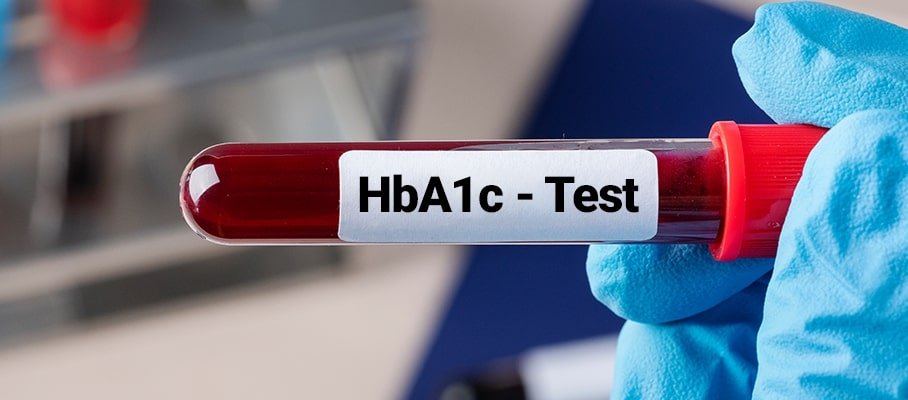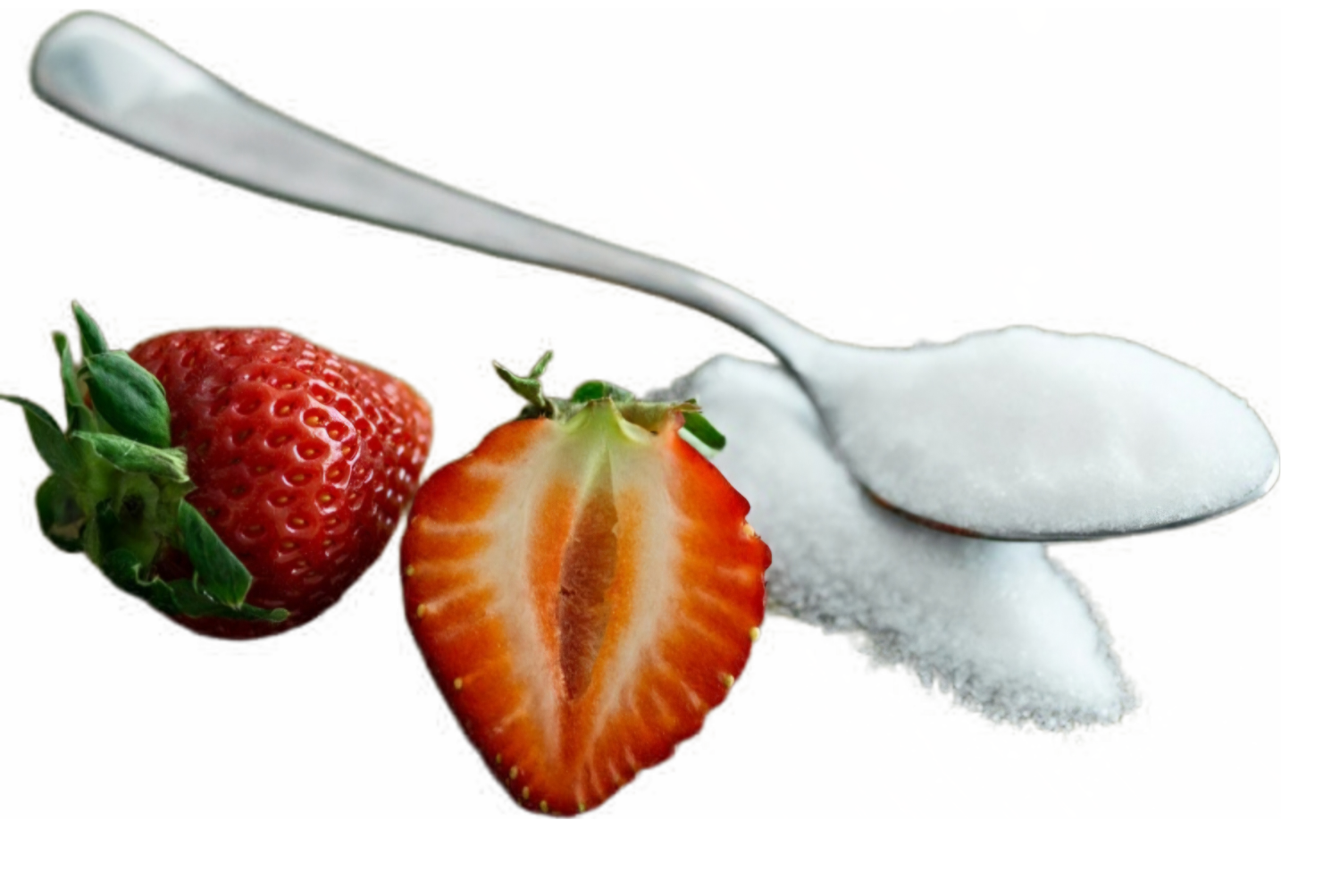
What is HbA1c?
Allulose StoreTHE HbA1c (glycated hemoglobin) is an important laboratory parameter in the treatment of diabetes. It can be used to determine the patient's average blood sugar level over the past 3 months (long-term blood sugar level).
HbA1c shows the proportion of the protein hemoglobin in red blood cells that is bound to glucose.
The longer the blood sugar level is, the more glucose is permanently bound to hemoglobin.
The bond is unstable for a while, but after a few hours it stabilizes and becomes irreversible: the sugar can no longer detach from the hemoglobin. As a result, the lifespan of the HbA1c form depends on the lifespan of the red blood cells, which is on average 3 months.
Since red blood cells are replaced every 2-3 months, glycated hemoglobin also disappears from the blood along with the dead cells.
This is the % of hemoglobin molecules in whole blood that are bound to glucose.
Each person has 20-30 trillion red blood cells circulating in their blood, and each red blood cell contains hundreds of hemoglobin molecules. Hemoglobin is a complex of molecules called 'heme' and proteins called 'globin'. Its job is to transport respiratory gases in the blood. Hemoglobin and sugar molecules present in the circulation collide randomly, and if the collision occurs with the right force and angle, the sugar binds to the hemoglobin - this is called sugar-bound hemoglobin, or HbA1c for short.
Since the collision is random, the higher the blood sugar level, the more sugar molecules and hemoglobin will collide and the amount of sugar-bound hemoglobin will increase. In other words, the percentage of sugar-bound, i.e. glycated hemoglobin, can be used to infer the average blood sugar levels over the past period. Since a red blood cell circulates in the blood for an average of 120 days, the percentage value gives a comprehensive picture of sugar metabolism for the past 2-3 months.
How is HbA1c produced?
Glucose is non-enzymatically attached to the hemoglobin molecule, a process called glycation. Since red blood cells live for an average of 120 days, the HbA1c ratio reflects the average blood sugar level over the past 2-3 months. 1 2 3
What is the HbA1c test used for?
• Diagnosing diabetes: The HbA1c value can be used to determine whether you have diabetes or prediabetes. 4 5 6
• Monitoring the effectiveness of treatment: Diabetics can check how well they have managed to control their blood sugar levels by regularly measuring HbA1c.
• Estimation of risk of complications: High HbA1c levels increase the risk of long-term complications affecting the cardiovascular system, kidneys, nerves and eyes. 4 5 6
Normal HbA1c values and their meaning
| HbA1c (%) | HbA1c (mmol/mol) | Interpretation |
|---|---|---|
| <5.7 | <39 | Normal |
| 5.7-6.4 | 39–47 | Prediabetes |
| ≥6.5 | ≥48 | Diabetes |
Most laboratories report both units of measurement (percentage and mmol/mol) on the results. 7 8 9
How often should HbA1c be measured?
• For diabetics: At least 2-4 times per year, depending on individual treatment goals and therapy stability. 3
• In case of prediabetes: Recommended once a year.
• For healthy individuals: Regular testing is usually not necessary unless you are at increased risk of diabetes.
The importance of HbA1c in diabetes management
• Long-term control: The HbA1c value shows how well you have managed to keep your blood sugar levels within the desired range over the past few months.
• Defining treatment goals: Doctors can adjust drug or insulin therapy and lifestyle recommendations based on HbA1c levels. 5 6
• Prevention of complications: The closer the HbA1c is to the normal range, the lower the risk of complications. 4 5
What can affect the HbA1c result?
• Anemia or blood loss: It may distort the result.
• Lifespan of red blood cells: With a shorter or longer lifespan, HbA1c does not accurately reflect blood sugar levels.
• Some rare hemoglobinopathies: They can also influence the result. 10
How is the measurement done?
The HbA1c test is performed with a simple blood sample. Laboratories use several methods (e.g. HPLC, immunoassay), but the goal of each is the same: to determine the percentage of hemoglobin that is glycated. 9
Summary – why is HbA1c important?
• Reliable, long-term blood sugar indicator.
• Helps in the diagnosis and treatment of diabetes.
• Predicts the risk of complications.
• Can be measured with a simple, quick blood test.

